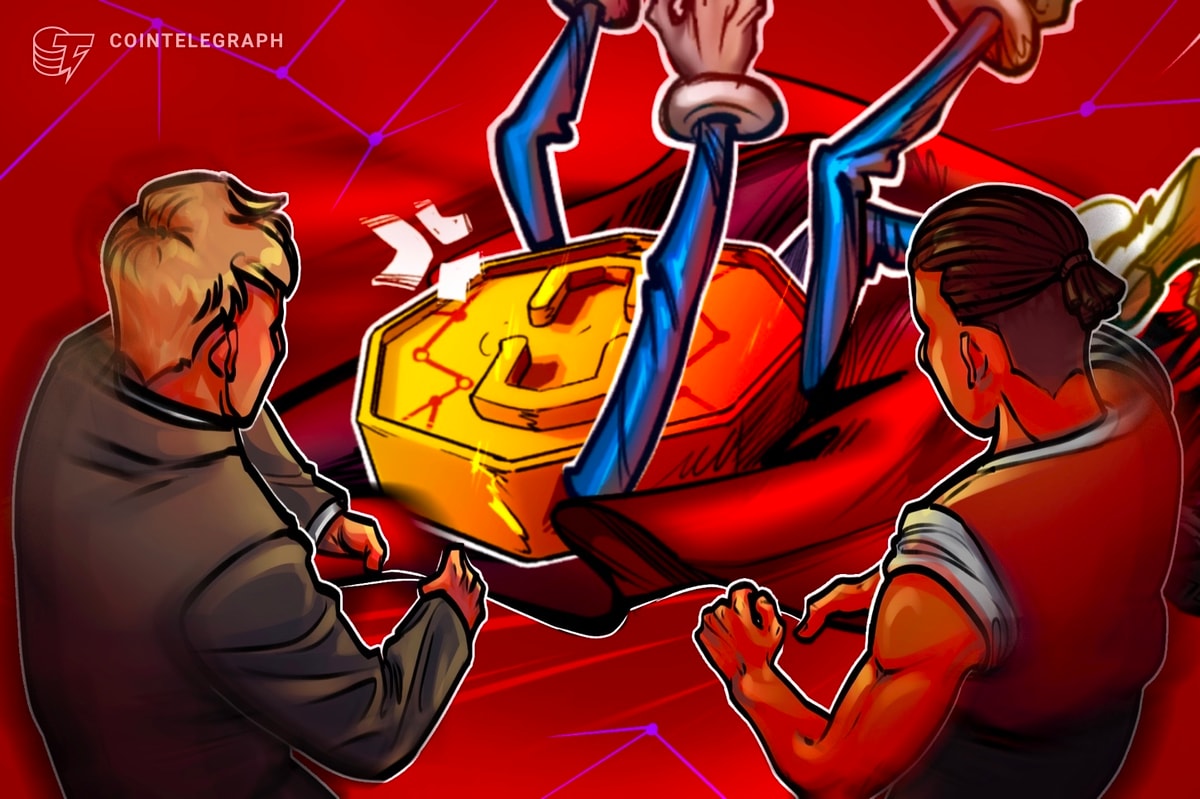Ethereum layer-2 protocol Starknet suffered a block reorganization that led to a backlog of transactions. The protocol’s block monitoring tool, Starkscan, showed an outage of four hours in block production.
Starkscan shows a gap between the creation of blocks 630028 and 630029 on April 4, while Starknet’s status page did not reflect any outages on the network on the same day.

Starknet subsequently released a statement on X, explaining that a rounding error bug led to a reorganization of blocks. The company said block production continued as usual, but the reorganization caused a transaction backlog that prevented it from reaching full capacity.

“Consequently, there were a few minutes during which new transactions could not be accepted for processing and were therefore rejected. Moreover, some transactions were reverted due to changing parameters (e.g., timestamps),” the post explains.
Cointelegraph contacted Starknet to confirm the details of the incident but has not received additional information and if block production was halted as per block data.
Starknet’s status page last reflects a major outage on March 13 when its network experienced slow block creation due to Ethereum’s Dencun upgrade.

Starknet’s outage is the latest in a series of hiccups for some of the ecosystem’s largest blockchain networks.
Solana suffered a significant outage in early February 2024. Downtime in block production on its mainnet halted the network’s block progression for over five hours.
It was not the first time Solana had gone down. Since January 2022, Solana has seen around half a dozen significant outages and 15 partial or major outage days.
Solana-focused software development firm Anza released a postmortem report of the recent outage on Feb. 9.
The report revealed that Solana’s Just-in-Time (JIT) compilation cache, which compiles all programs before executing a transaction, encountered a bug.
Related: Starknet anticipates significant impact from Ethereum’s Dencun hard fork
Austin Federa, head of strategy at the Solana Foundation, told Cointelegraph that a process was underway to replace the old loader system with a new motor system, but it was scheduled to be disabled with an updated version.
“It looks like someone intentionally called that old instruction set, which hadn’t been used in quite a long time but was still around in the codebase. The JIT compiler ran into issues where it couldn’t find what it was looking for. And that’s what created the infinite loop,” Federa told Cointelegraph.
Solana encountered problems again in early April, with close to 75% of all transactions on the network failing amid a deluge of activity brought by the recent memecoin mania.
Analysts suggest that these failed transactions are mainly due to bot activities on Solana, which look to carry out arbitrage trades.
Magazine: Ethereum’s ERC-20 design flaws are a crypto scammer’s best friend











